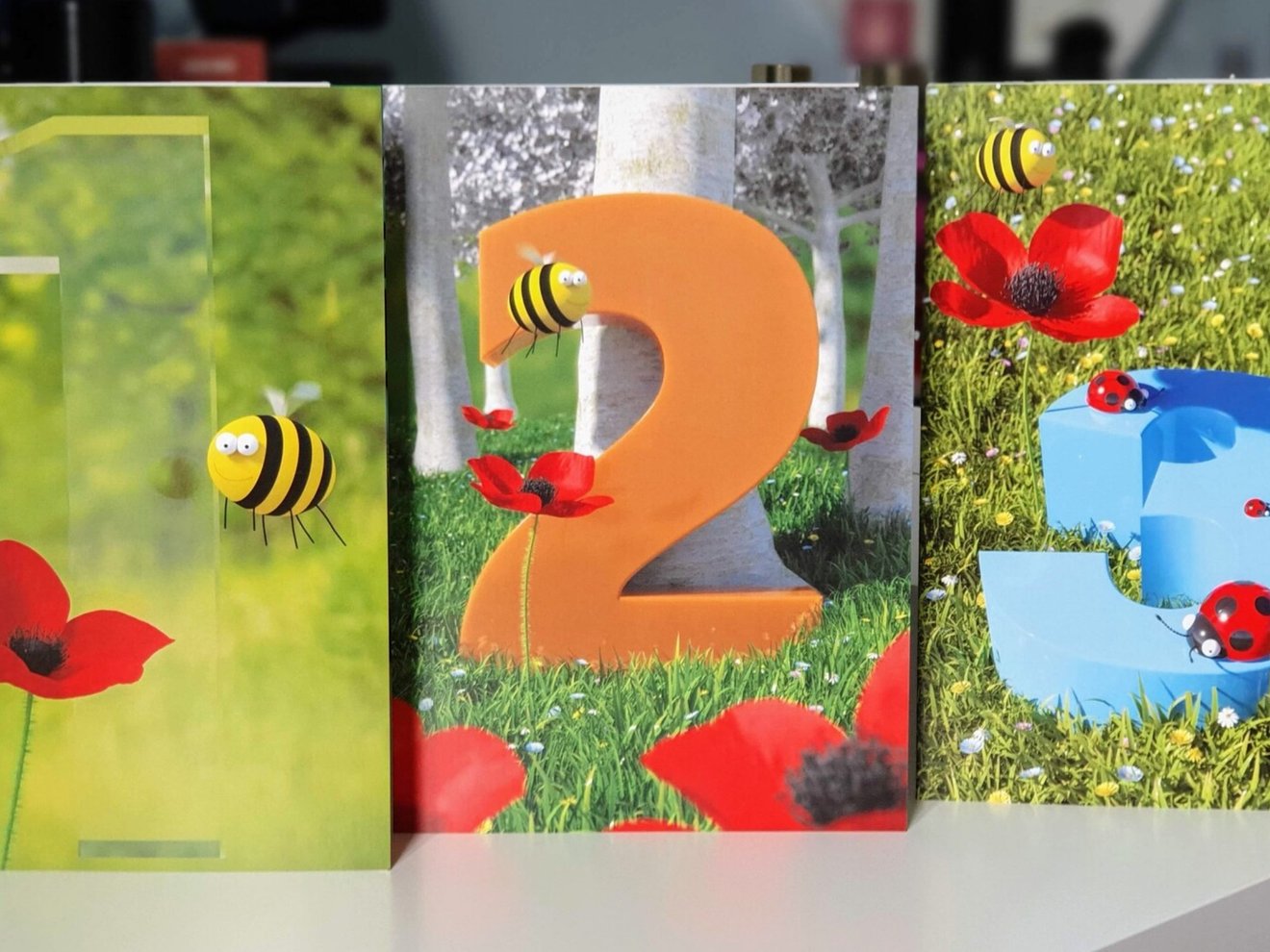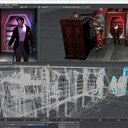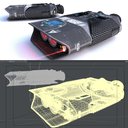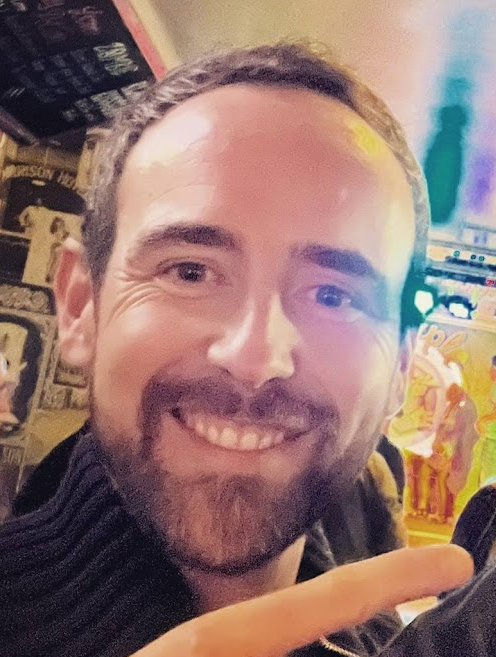
Artist focus - Tim Laird
All squared away
LD: How long have you been using LightWave?
TL: I’ve been using it properly since around 2000. I dabbled with so many other tools in the beginning though; TruSpace, 3dsMax, Imagine3D, Extreme3D and SoftImage but I was always aware of LightWave and wanted to get my hands on a copy when Hypervoxels caught my eye.
LD: Were you an Amiga user?
TL: I never had an Amiga myself, but I was very aware of them and swapped my SNES with a mate at school to play Monkey Island for a few weeks.
Loads of my mates had an Amiga and I was very jealous.
The audio apps, and in particular, Bitmap Bros. games were all amazing to me, but I never knew about the CG side of the Amiga back then, I was only 9 or 10 years old at this point. For anyone in the UK, a show called Bad Influence, presented by Violet Berlin and Andy Crane showed off the Video Toaster, which started to draw my attention to computer graphics and the potential of home computers for art.
LD: What was your first version?
TL: It was v6.5 I think. I found a copy on our University computers, I hate to admit that I started using a dodgy copy of LightWave, but I was a poor student and needed the money for beer. 🙂
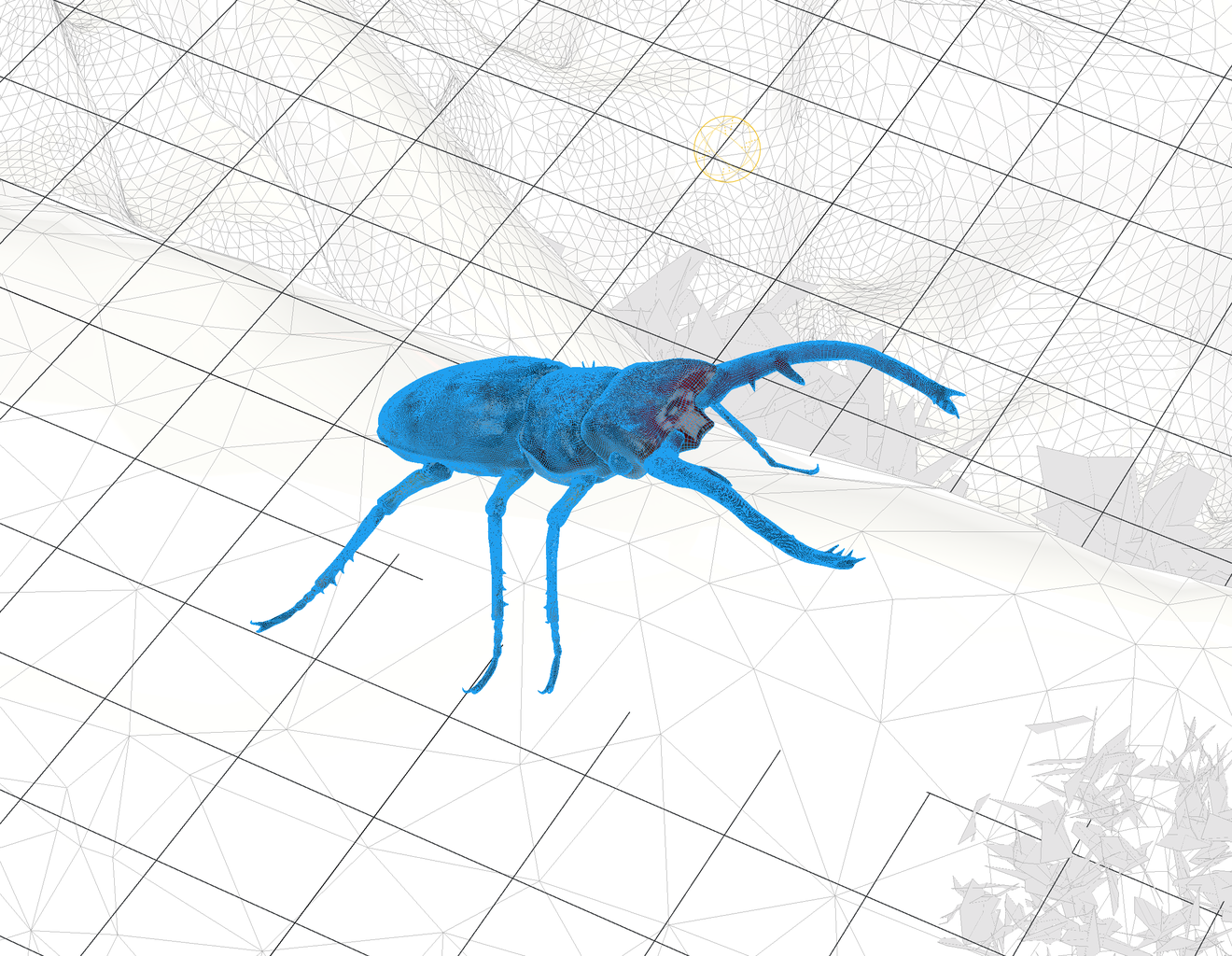

LD: How did you turn professional with it?
TL: It was by pure chance after graduating. I was looking for animation jobs anywhere and everywhere and had handed out my CV and showreel to fifty or so companies, but I happened upon my first paying gig at the Job Centre, of all places.
Usually the hangout of the destitute and jobless people in the UK, I stumbled across someone looking for an animator, so my first proper job - indirectly for Rolls Royce - was also my first paying job.
LD: You managed to get a job from the Job Centre? Chapeau, all I ever got was cramp from filling out the endless forms 😉
TL: I did a few jobs for this guy, and then the last animation I finished I didn’t get paid (it turns out the guy was a low-level conman and didn’t pay anyone on that job), so I was forced to go and find something more stable.
LD: Urgh. That’s even worse than working for the “this job will get you exposure”. What is your job now?
TL: My main role is as a Virtual Reality Specialist working for a large Engineering company. I am a 3D generalist really, touching anything from modelling, texturing, and rigging, to UI design, compositing and video editing. I make a lot of 3D assets for Unreal Engine apps together with animations to help explain scientific or engineering processes.
I tend to just send FBX files out of LightWave over to Unreal, along with the PBR textures I’ve created in Substance.
As part of the job we also create VR and Desktop applications to let engineers interrogate designs, or assemble and disassemble things in multiplayer VR across the business.
Sadly all this work is under NDA, so isn’t publicly available.
LD: That is a great shame. How do you find the LightWave / Unreal back and forth compared with the other applications you use?
TL: I don’t use the Unreal Bridge, as I like to retain control over every file that goes over to Unreal, but I have played with it and it’s really cool.
LD: Do you use any other software to do your job?
TL: I don’t want to bore you, but I use quite a range of tools alongside good old LightWave. This is usually 3ds Max as our main DCC application, but also Substance Painter & Designer, Adobe After Effects, Affinity tools, Da Vinci Resolve, Unreal Engine, TwinMotion, Inventor, Revit, Navisworks, Reality Capture and more.
LD: Are you going to move to Affinity and drop Adobe?
TL: I have at home, not used Adobe for a number of years. Affinity is great, Designer is way better than Illustrator, but Photo could really do with a Normal Map generator.
LD: What sort of hardware do you use?
TL: We’re currently using Dual Xeon Lenovo workstations, with beefy Nvidia gaming GPUs and 128GB of system RAM, but we’re looking at AMD Threadrippers for the first time, hoping to gain a bit more single-core speed in our apps.
LD: Is there anything you wish we could adopt from other software?
TL: I love designing new shaders inside Substance Designer, and they make it incredibly easy to split textures into constituent PBR parts and make it all procedural but tileable.
I really think LightWave could adopt this in its surface node editor with the addition of some basic ‘atomic’ nodes, as Substance calls them. This, along with better baking options, LightWave would gain some ground in the Game/VR space think.
Adobe have a bit of a stranglehold on the PBR texture painting industry after buying Allegorithmic (the creators of Substance), and I think LightWave could really make a dent here, if designed and implemented well.
LD: Explain a bit about atomic nodes? Would this be like compounds or more like constants?
TL: No, they are more like bits from nodes that get repeated everywhere. They enable fine-grained control over stuff.
LD: What has kept you with LightWave for all this time?
TL: I LOVE Modeler and the node editor. For modelling, nothing is hidden and it’s so direct. It’s so quick to fix up models or find badly modelled geometry, especially compared to other applications that seem to obscure the real geometry a bit.
It still amazes me to think that Modeler hasn’t really been updated for a long time, yet it’s still so great to use, it must have been so far ahead of its time. It just needs some speed improvements with large meshes (oh, and some better UV tools) and I’ll be using it for the foreseeable future.
LD: Because the Hallowe'en competition is upon us again, tell me a bit about your short film - I know it's not brand new
TL: I love toilet humour, and horror films, so wanted to combine the two. I started it during the summer before my final year at University, and planned to do my final dissertation as a short animated film.
I didn't even know if this was possible, but I did it anyway, and luckily my tutors didn't mind. They even came up with some cool ideas to add to it, which helped sell the film.
I had to cut a few scenes out, due to time constraints, but I'd modelled up an old dusty manor house entrance, complete with staircase and grandfather clock, and a scene in a wooded area, but not sure it added anything to the story.
The final film got entered into a few horror film festivals and the like, but never won anything.
It was my first short film using LightWave and would love to do another one some day :)
LD: You still have five weeks before the deadline's up for this year, go! Don't forget to include the logo this time! 😆

